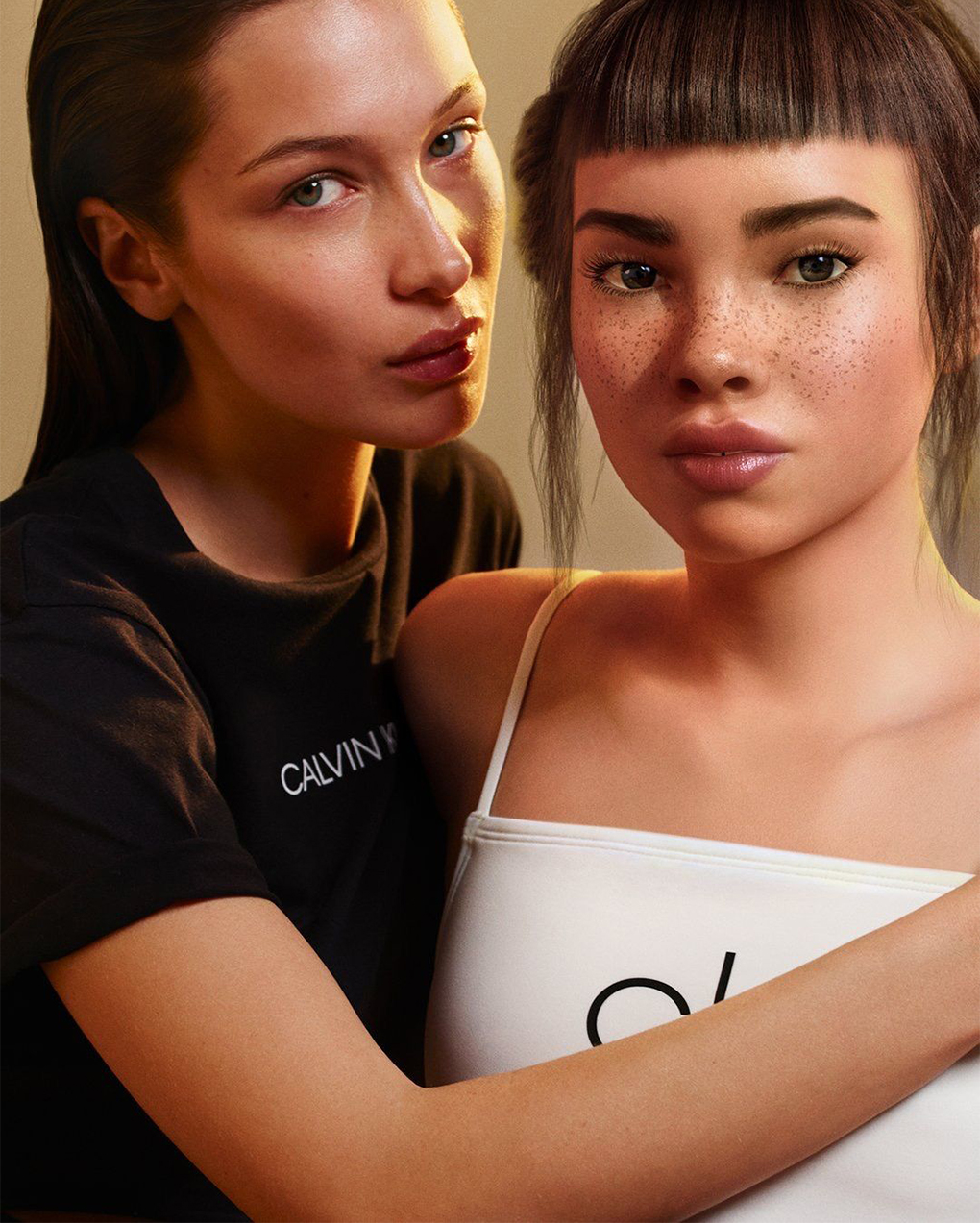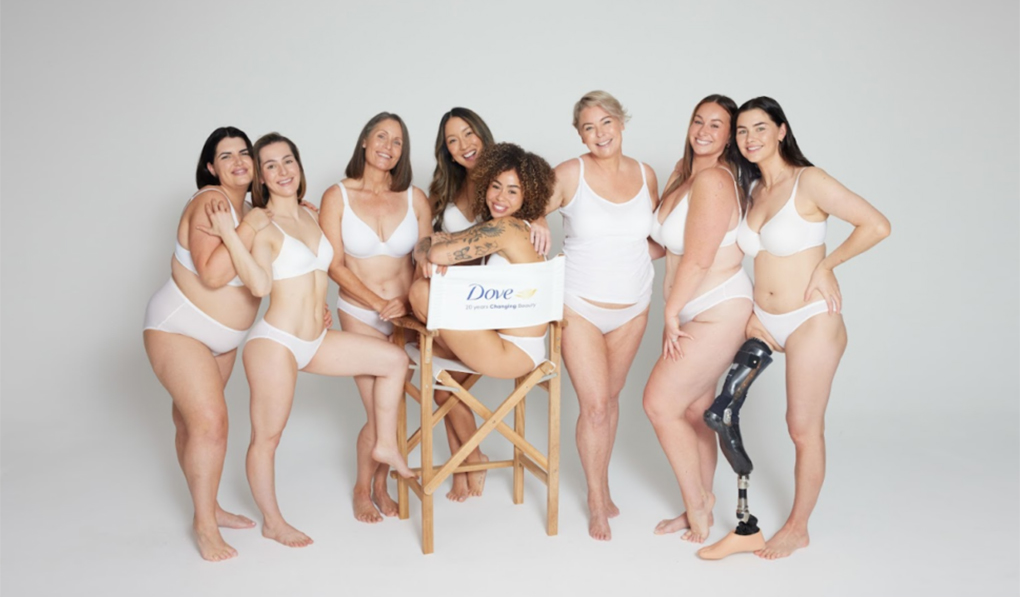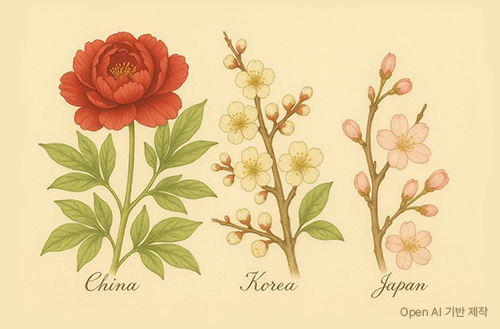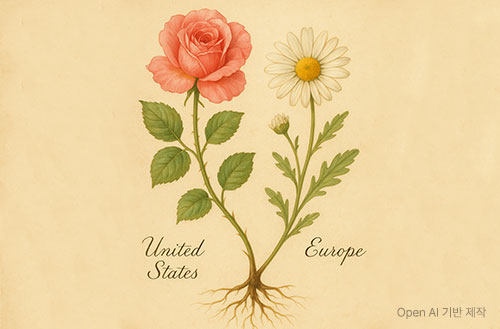
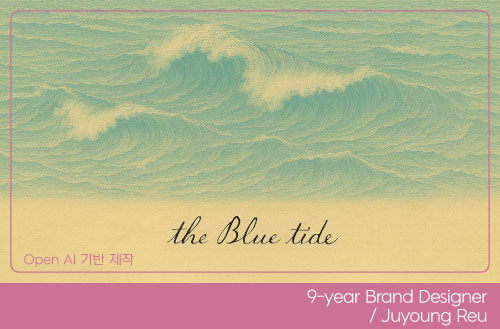

Columnist
Juyoung Reu LANEIGE BD Team
Editor's note
The mirror is no longer merely a physical medium that reflects light.
Today’s mirrors are often hidden within digital screens. Algorithms and augmented reality reflect us while simultaneously generating another self that is not us. With just a few fingertip movements in front of a smartphone camera, the shape of our eyes transforms, and hundreds of colors sweep across our lips in succession. The face becomes somehow familiar yet strange, strange yet familiar.
Before this new landscape, we ask: What face does the age of beauty we’re living in wear? How far can technology expand the horizons of beauty, and in what ways is our aesthetic consciousness evolving?
Technology may appear cold, but within it lie the longings and imagination that humans have harbored for ages. Nineteenth-century photography altered beauty standards to focus on “what can be recorded,” while twentieth-century film and advertising instilled similar ideals in the masses. Early twenty-first-century Photoshop created images that surpassed reality, and social media enabled everyone to transform their daily lives into stages of beauty. Now, AI and AR are opening new palettes that freely traverse between reality and virtuality.
Beauty, I believe, is not simply about cultivating appearance. It is both the “visible form” that society demands and the “language of identity” through which individuals confirm their own identity. Technology simultaneously shakes both these layers, reconstructs them, and poses new questions. This column is a record of curiosity that began precisely at that intersection.
1 The Birth of New Mirrors
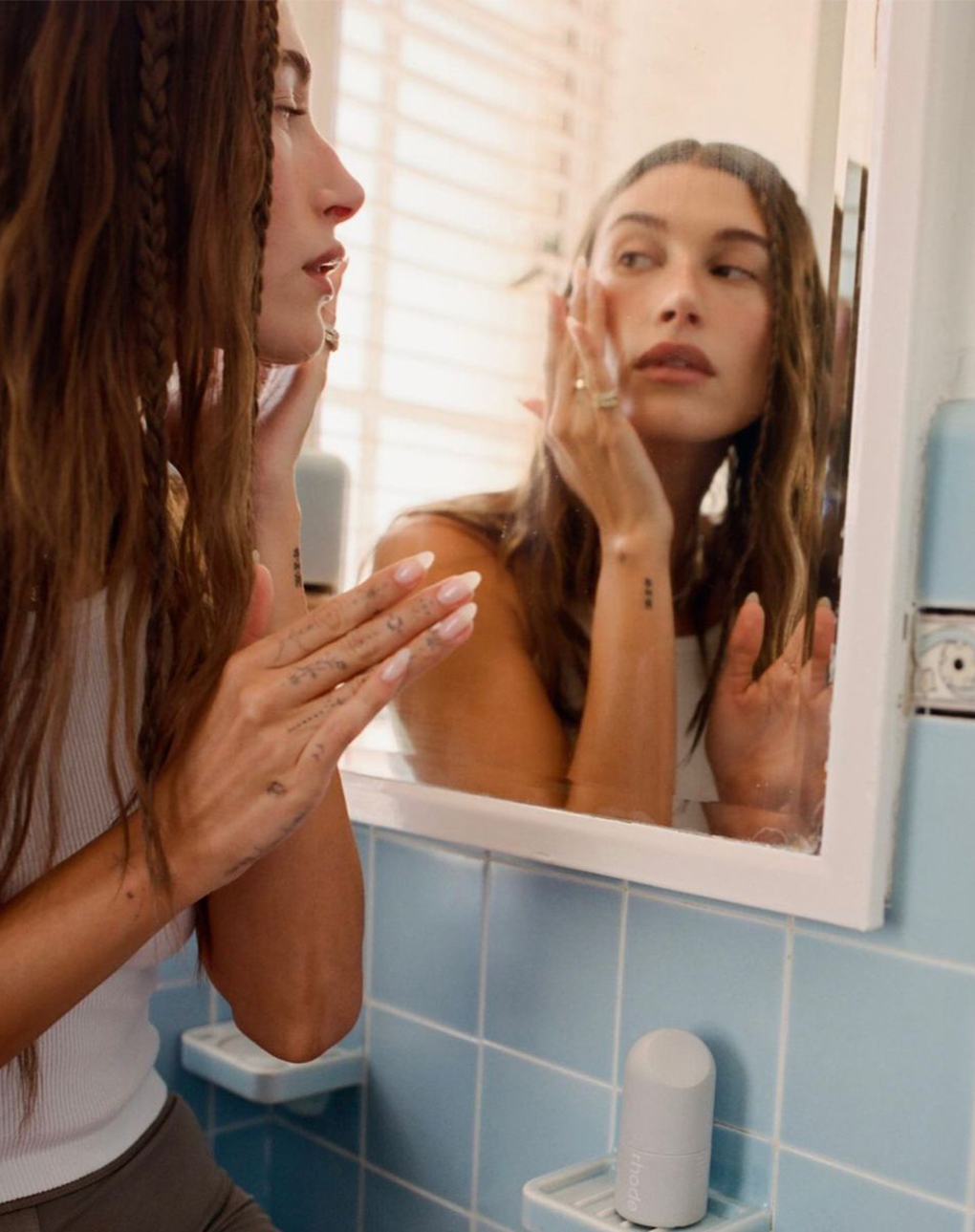
Source: Pinterest
“Mirror, mirror on the wall, who’s the fairest of them all?”
The fairy tale’s magic mirror question is no longer a joke. Smart mirrors and AR apps don’t merely reflect us as we are—they reflect possibilities that we can become. The experience of seeing images conceived in our minds instantly materialized has transformed the very landscape of beauty.
The convergence of beauty and technology is not an unfamiliar story. Photography’s invention enabled “captured moments of beauty,” while cinema birthed “beauty in motion.” Television brought beauty into living rooms, and Photoshop universalized “corrected beauty.” Social media then enabled everyone to exhibit “curated beauty,” and now AI and AR are embedding “transformed beauty” into daily life.
French philosopher Jean Baudrillard argued in his theory of “simulation” that images can possess more reality-like power than reality itself. Today, the faces shown by filters and algorithms are smoother and more perfect than our actual selves. We sometimes accept them as reality. Between reality and virtuality, beauty is no longer a fixed truth but has become a flowing relationship.
In the landscape of what sociologist Zygmunt Bauman called “liquid modernity,” beauty standards are not fixed forms but fluid streams of change. The “standard beauty” presented by past social norms has been deconstructed, and now each person expresses their own idea of beauty through their unique filters and language. Within this expansive, spectrum-like landscape, beauty has become an open concept, without singular answers.
Yet shadows exist within this freedom. The more accustomed we become to perfectly filtered faces, the more uncomfortable we may feel with our bare faces in the mirror. The Guardian reported that “the emergence of AI influencers is a boon for the plastic surgery and cosmetics industry.” Technology will continuously produce endless standards for comparison.
Ultimately, the issue is not technology but users’ attitudes. What choices will we make before these new mirrors? Technology has already transformed beauty’s landscape, and now we need an autonomous perspective.
2 Data-Driven “Personal Beauty”

Source: Amorepacific YouTube - CES 2023 Award Winner TONEWORK
Technology’s second language is personalization. As mass-produced beauty standards fade, beauty “for the one and only me” takes center stage.
3D-printed face masks accurately replicate skin contours and conditions, allowing for the production of personalized masks in just minutes. TONEWORK, a personalized lip service, analyzes skin tone to instantly create thousands of lip color combinations. Customers are no longer passive consumers but creators designing their own beauty.
Shiseido’s Optune analyzes daily weather, sleep, and skin data to automatically adjust multi-serum cartridge combinations. ModiFace, acquired by L’Oréal, virtually applies hundreds of makeup looks to faces captured by a camera. Consumers can trial countless possibilities at a glance without needing to remove and reapply makeup.
This trend extends beyond the beauty industry, resembling content personalization. Just as Netflix reads preferences to recommend movies and Spotify plays music matched to daily moods, beauty has entered an era of “preference curation.” However, apparent differences exist. While movies and music are temporary experiences, beauty connects directly to the body and self, potentially touching identity issues more deeply.
Data puts consumers back in the driver’s seat. The era of being limited to a few options presented by companies has come to an end. Now, consumer demands become the starting point of production. Simultaneously, new questions arise. If data personalizes beauty, it also means that “my personal beauty” can be reduced to numbers and algorithms.
Consumer behavior research warns that while personalization services strengthen autonomy, excessive customization can narrow freedom of choice. This principle also applies to the beauty industry. Data can be a tool that helps us, but it can also become a framework that defines us. We must constantly question whether the beauty technology suggests is truly our preference or another framework designed by algorithms.
3 The Coexistence of Two Faces: Virtual and Real
We live in an era when an avatar’s face is as important as a real face. Hair and makeup styled in the metaverse are not mere decorations, but markers that reveal identity.
AR filters transform everyday faces into fairy tale protagonists, while VR enables experiences of walking through makeup lookbooks. The virtual is no longer a secondary stage but has become a space for autonomous play.
Virtual influencers symbolize this trend. Perfect appearances, perpetually positive attitudes, hundreds of thousands of followers. Companies gain consistent imagery, but consumers ask: “Can that face speak of genuine experience?”
Dove declared, “We will not use AI-generated models in our advertising.” This is because overly idealized virtual images drive authentic selves into deep comparison and self-censorship.
Psychological research suggests that as the gap between one’s real and virtual selves widens, self-esteem can be compromised. Virtual selves created by technology can become either celebration or shackles.
Simultaneously, the virtual serves as a new stage of liberation. Colors and styles that are difficult to attempt in reality are freely realized in virtual spaces. This explains why younger generations are enthusiastic about avatar customization in games and metaverse fashion shows. Beauty is no longer the language of a fixed, singular self but of multiple selves that vary according to situation and context.
4 Tech Beauty Expanding to All Five Senses
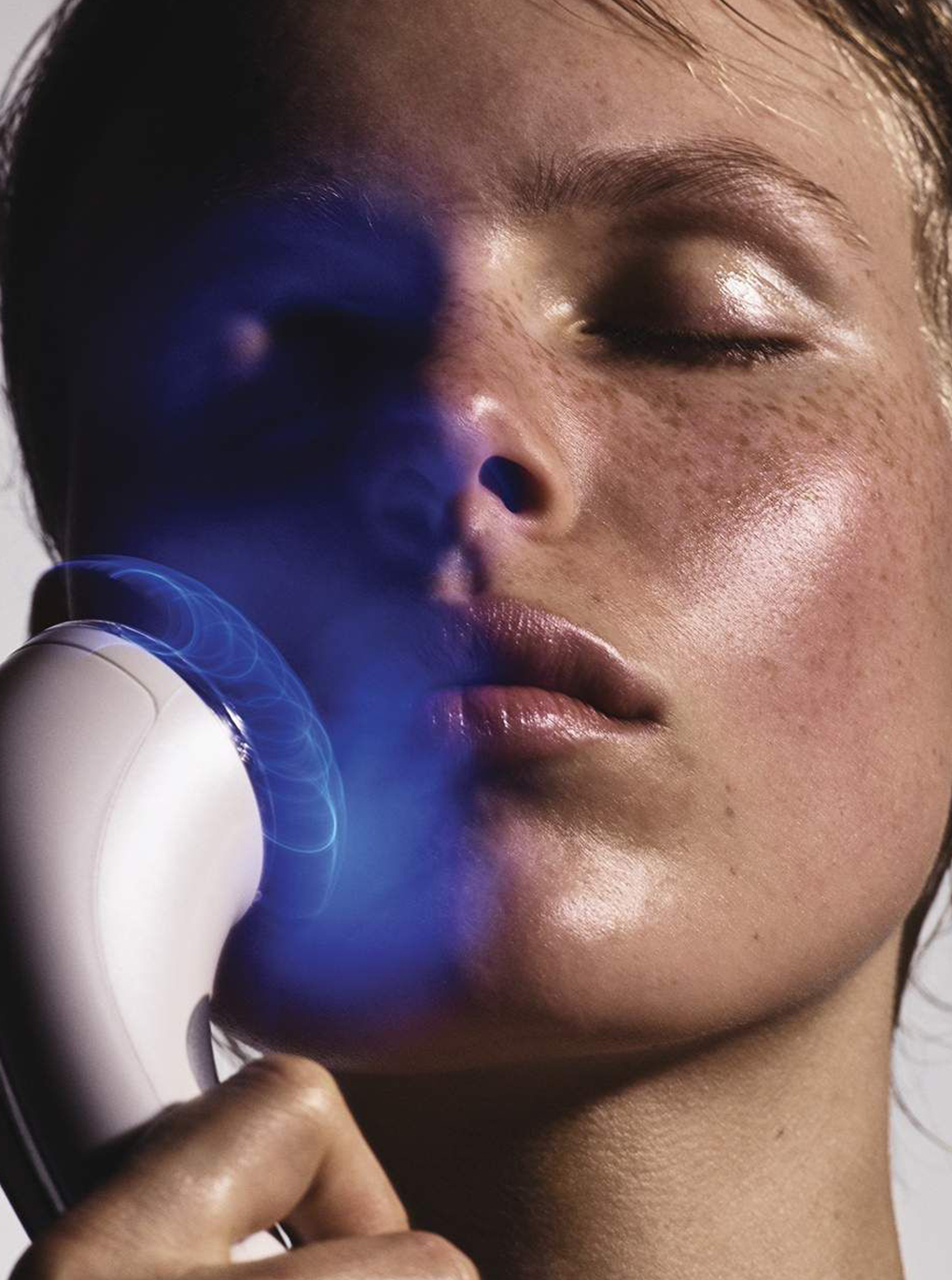
Source: Pinterest
Technology now extends beyond vision to all five senses. The Fifth Wave, initiated through AI, has become a conduit connecting technology and the senses.
Devices that diagnose lip moisture conditions and provide customized light therapy, bath bots that read brainwaves to blend fragrances, and platforms that record skin data to suggest solutions. Beauty now encompasses not just skin and appearance but mental wellness.
Scent, music, and vibration become new languages of beauty. Devices combining neuroscience and biotech transcend skin care to design emotional stability. Wearables connected to yoga, meditation, and sleep management all aim for “holistic beauty.”
Touch and taste are also being gradually integrated. For example, improving skin circulation through tactile stimulation, or the fusion of food tech and beauty tech that links nutrition with beauty routines. “Beauty” is expanding into an experience that orchestrates the entire body and all senses.
Technology will increasingly permeate invisibly. Mirrors will reflect today’s condition, and sensors within beauty devices will read skin responses to adjust device vibrations accordingly. Technology will flow in the background while the beauty we experience deepens.
Epilogue
Dancing Beauty
Beauty created by technology is not a fixed form.
It is like waves that constantly surge, break, and continue again.
Some waves surge powerfully,
others sweep by gently,
and still others collide to create new patterns.
Yet all gather together to form one body called the sea.
I believe beauty and technology are the same.
When technology creates new waves, human sensibility navigates above them, adding meaning and depth.
When we acknowledge each other’s flow, we can feel the sea’s complete rhythm.
The challenge ahead is simple.
Just as no single wave dominates everything, no small ripple disappears.
Just as the sea doesn’t lose its depth, different waves harmonize to spread toward broader horizons.
The essence connects as one, but beauty is not a singular wave.
Like the rhythm created by countless waves colliding,
actual beauty lives and moves within diversity and coexistence.
What technology has changed is speed, but what beauty leaves behind is always the resonance that remains within our breath.
Ultimately, beauty endures like the sea.
And someday,
within the blue waves’ ripples, we will hear the complete song of that sea created together by technology and humanity.
* Appendix: References
- Amorepacific Newsroom, “Innovative Technologies Showcased at CES 2020” (January 9, 2020)
- Amorepacific Press Release, “CES Innovation Award Winner” (November 17, 2022)
- CosmeticsDesign-Asia, “Smart skin care: Shiseido unveils subscription-based personalised beauty service” (July 16,2019)
- L’Oréal Groupe, “ModiFace: AR & AI for beauty” (2018–2021)
- Biz.Hankook, “Overflowing AI Cosmetics Models: From ‘Strange Discomfort’ to ‘Manipulation’ Controversy” (April 15, 2025)
- The Guardian, AI influencer-related articles (2024)
- McKinsey & Company, The State of Fashion: Beauty Tech Edition (2023)
- Deloitte Insights, Consumer Trends in Personalized Beauty (2022)
- Harvard Business Review, How Personalization Shapes Consumer Trust (2021)
- World Economic Forum, Future of Beauty and Wellbeing in the Digital Age (2023)
- MIT Tech Review, AI and the Future of Self-Image (2023)
- PwC, Global Consumer Insights Survey: Beauty in Digital (2022)
 |

Juyoung Reu |
|
|
Amorepacific
|
|
-
Like
0 -
Recommend
0 -
Thumbs up
0 -
Supporting
0 -
Want follow-up article
0

